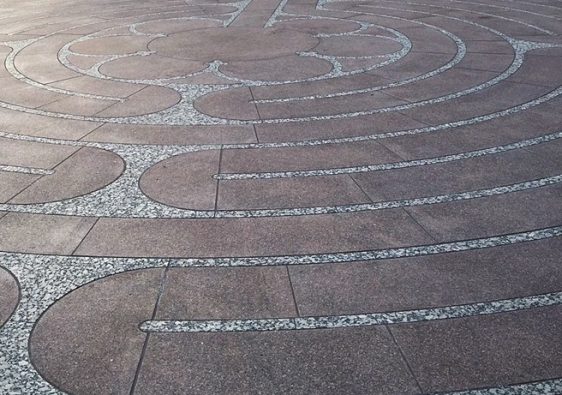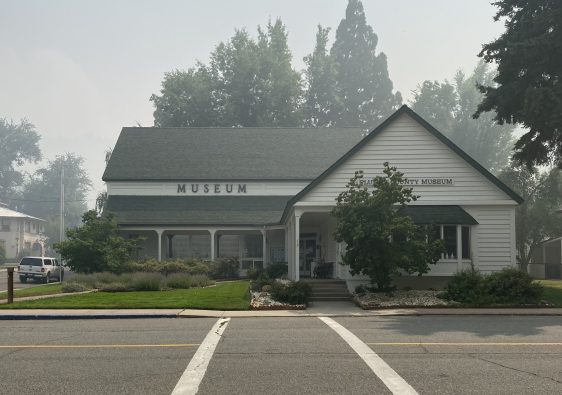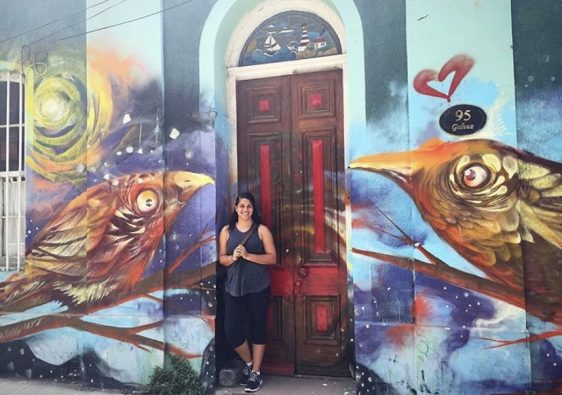Rome. The Eternal City. Italy’s most popular tourist destination and a city that is over 2,500 years in the making. Whether you’ve already seen all of the “Top 10 Things to See in Rome” and you’re looking for more places to find art, or whether you’re just a traveler who likes to see a city from a different point of view, there is something for every kind of art fanatic in these underrated gems of Rome.
- Museo dell’Ara Pacis (Ara Pacis Museum)
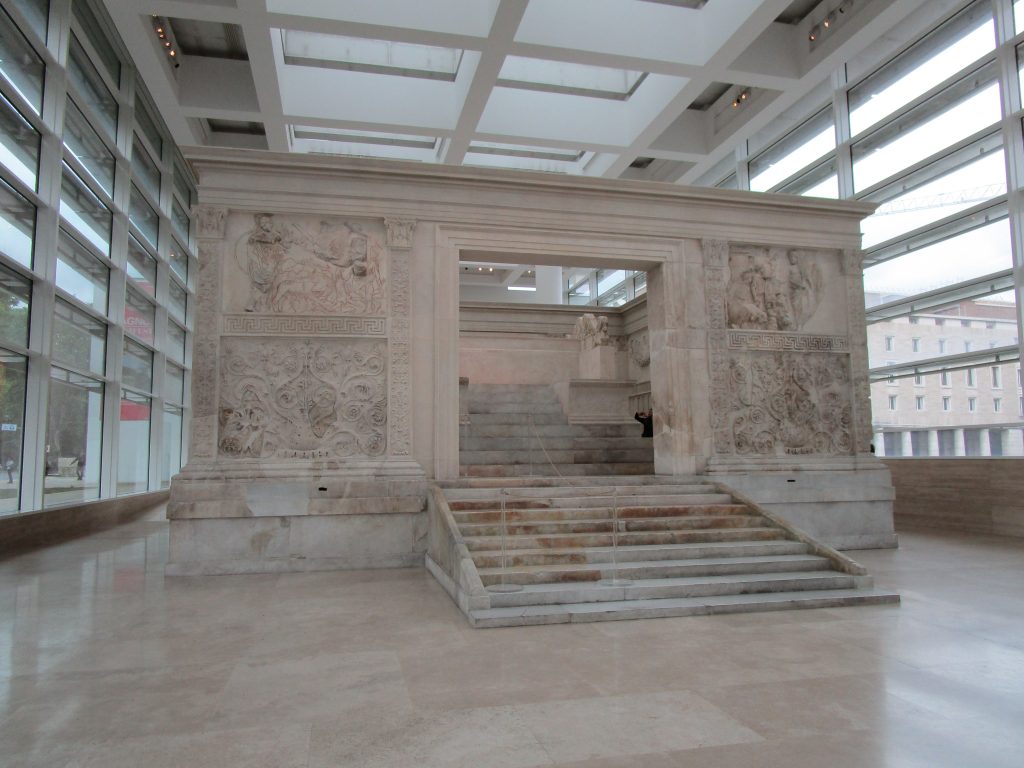
I might be biased because this is one of three pieces in Rome I studied for my undergraduate thesis, but this is one of my favorite places in Rome and is too often overlooked by visitors. The current Ara Pacis Museum opened in 2006. The architecture of the museum is incredible and worth seeing in it’s own right, with it’s open landscape and lots of windows to allow the museum to fill with natural light. The Ara Pacis Augustae itself is an open-air sacrificial altar that originally stood in the Campus Martius for the purposes of state sanctioned religious blood sacrifices. But gory history aside, it is a beautiful piece of history and a sanctuary away from all hustle and bustle of Rome outside. Ara Pacis means Altar of Peace in Latin. It was built by the first emperor of Rome, Augustus, and displays reliefs that symbolize the lineage of the emperor and the peace that he had brought to Rome.
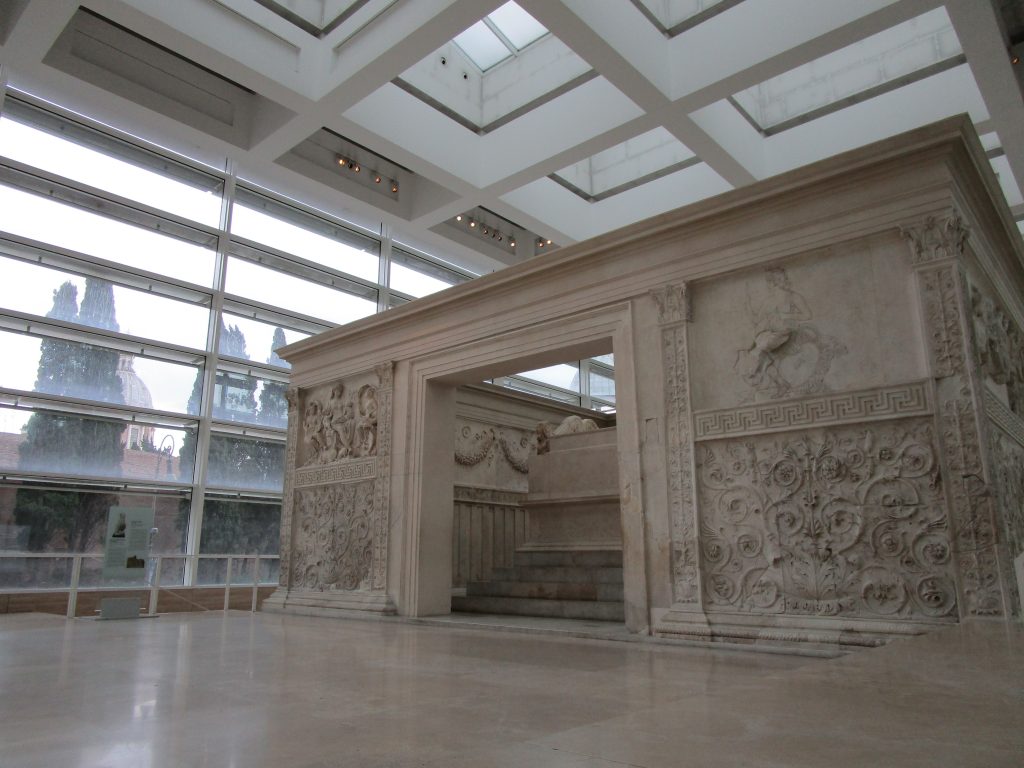
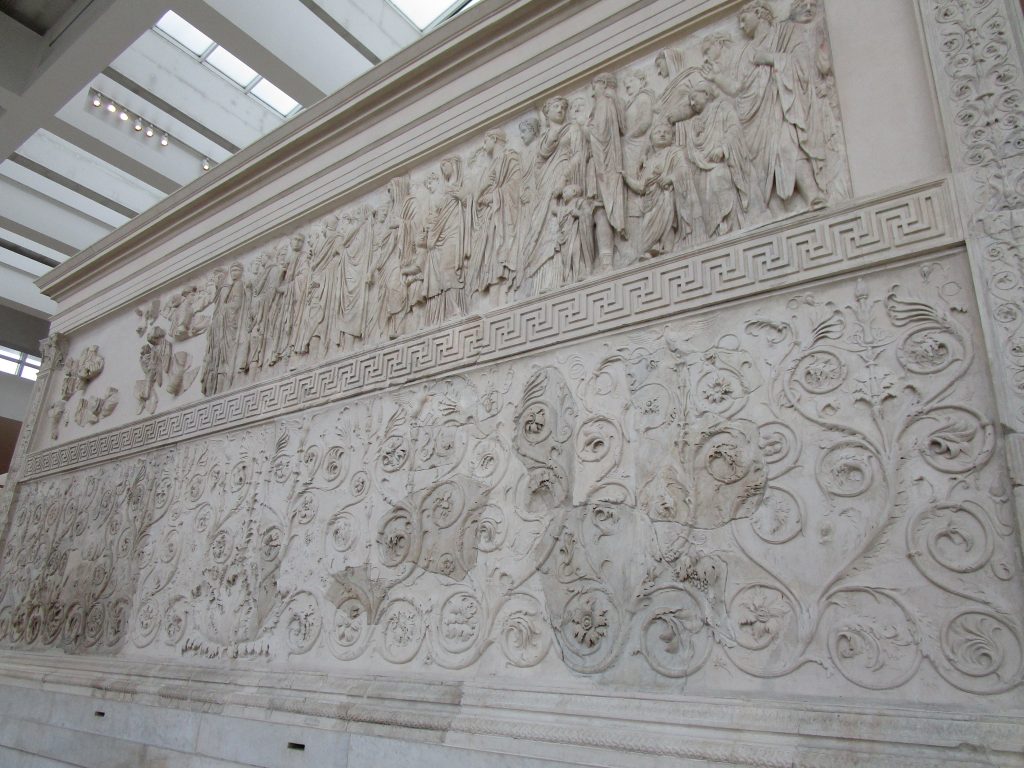
- Basilica di Santa Maria in Cosmedin

Santa Maria in Cosmedin was built in the 8th century on top of the ancient remains of the pagan Temple of Hercules Pompeianus. Every Audrey Hepburn fan should make a point of visiting the church and it’s famed Bocca Della Verità to live out your Roman Holiday dreams. The Bocca Della Verità, or the Mouth of Truth, is located in the portico of the church, and for a small donation visitors can place their hand in its mouth, Audrey-style. Legend says that if someone lies that the mouth will bite the person’s hand off. Once you’ve finished your Audrey photoshoot, don’t forget to tour the crypt under the church as well.
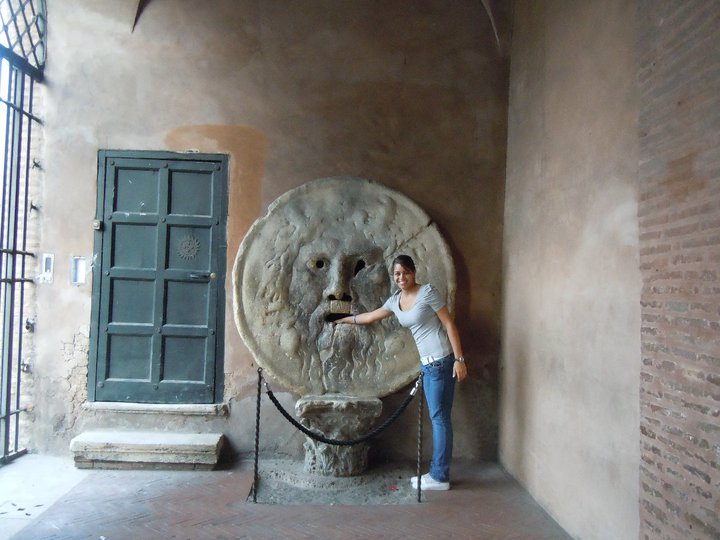
- Piramide di Caio Cestio (Pyramid of Cestius)
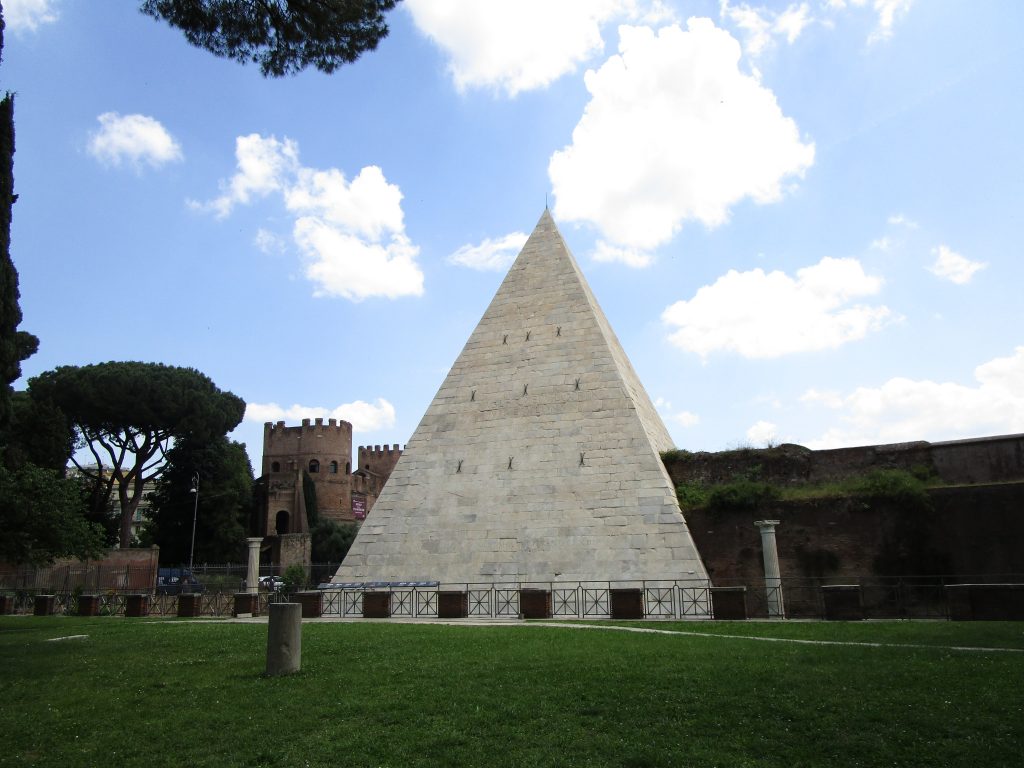
Did you know that Rome is home to the only ancient pyramid in Europe? The pyramid is a tomb for a rich Roman who got the idea from the Egyptians. Sadly, like many Egyptian tombs, most of the artifacts were stolen long ago, so archaeologists don’t know a lot about the person whose tomb it was. At the time things from Egypt were very popular in Rome, which is also one of the reasons Rome has so many Egyptian obelisks. The pyramid also hides a Protestant cemetery, which is located right behind it. The cemetery is one of the oldest in Rome, and was specifically for foreigners and non-Catholic graves. It is a beautiful place to spend an afternoon and look at the burial sites of famous people like John Keats. It is also a great place to get a good look at the pyramid without all the traffic. Looking at a map of Rome you might think it is out of the way if you have been spending most of your time in The Center, but Piramide is very easily accessible by public transportation.
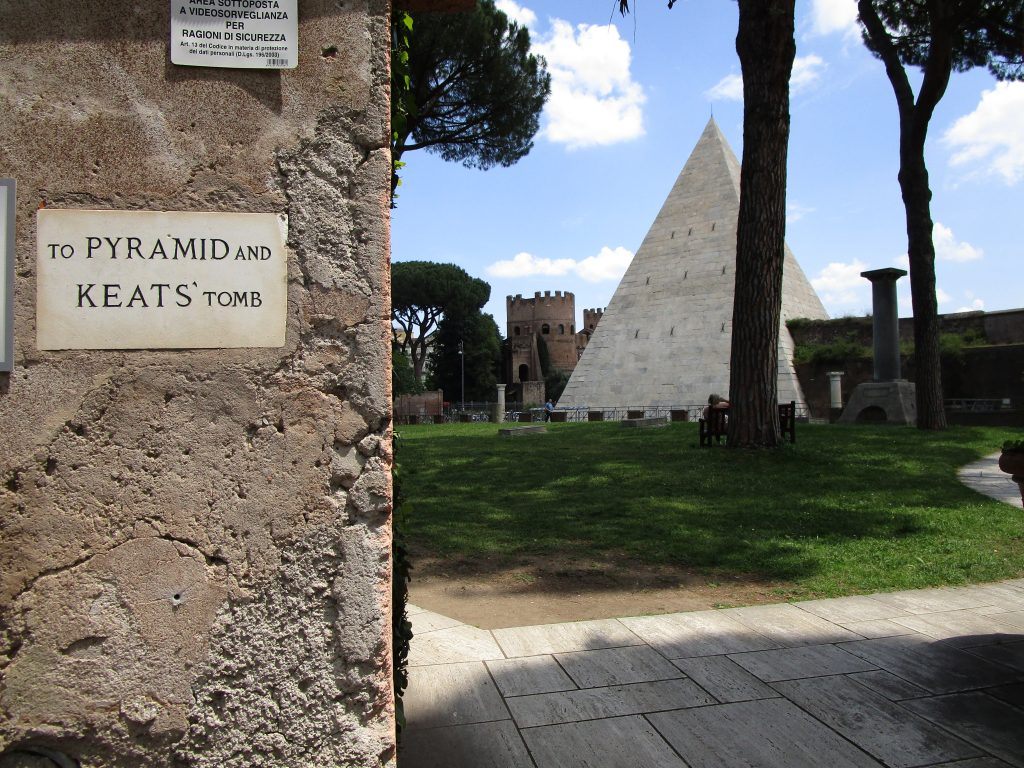
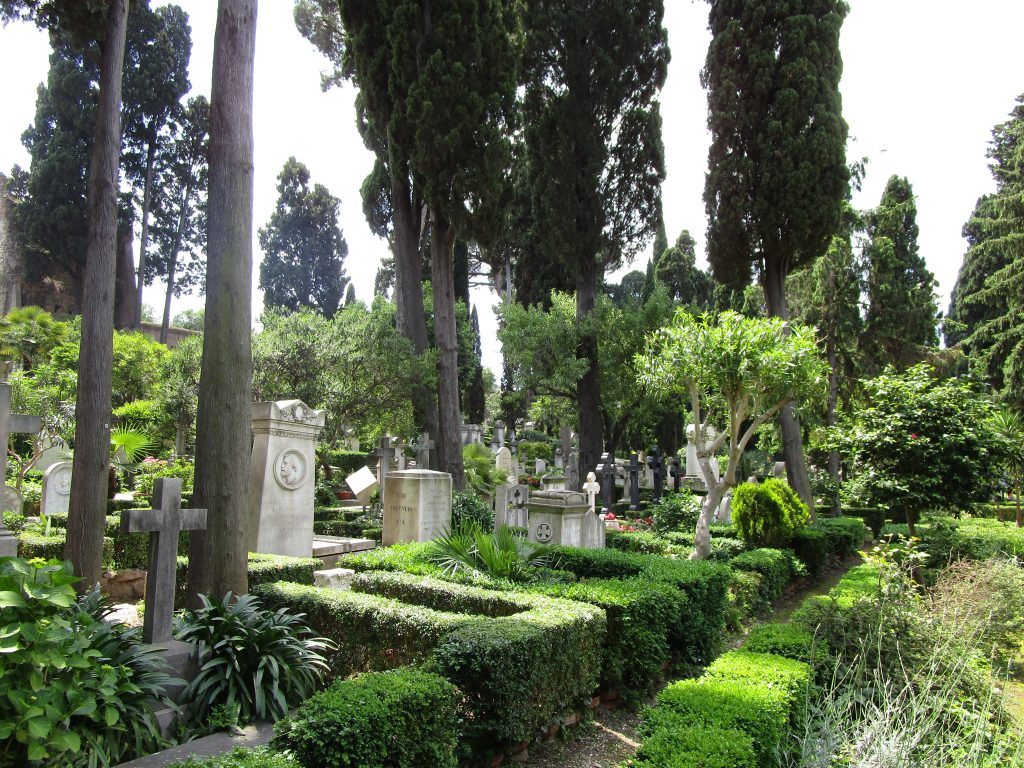
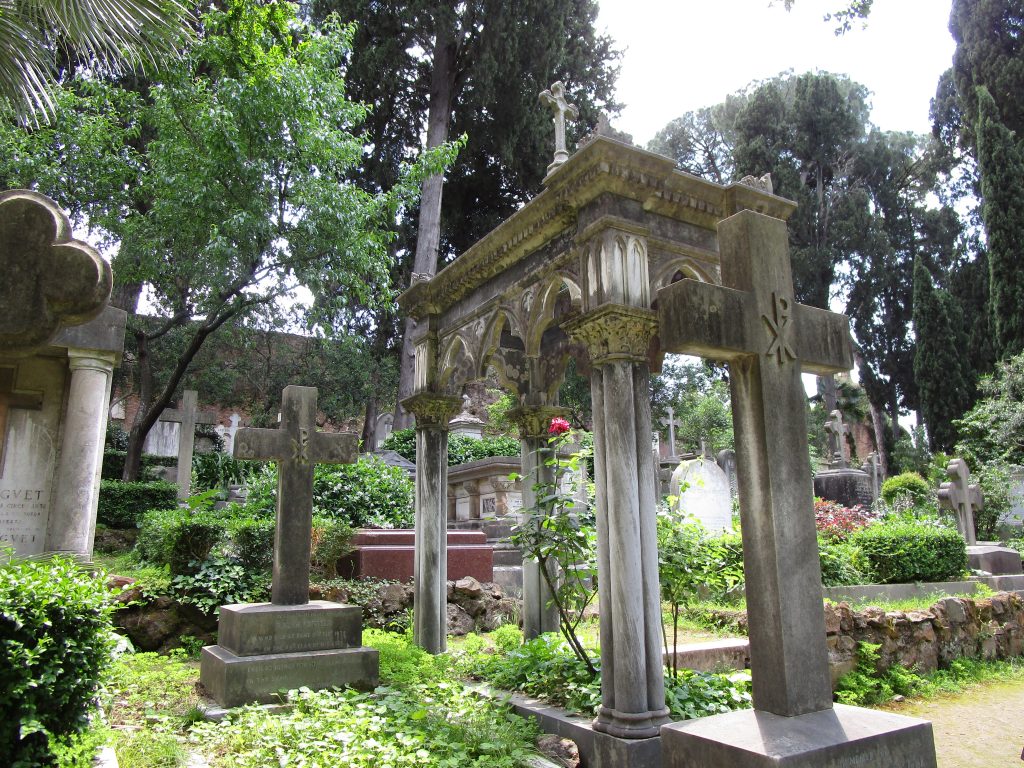
- Terme di Caracalla (Baths of Caracalla)
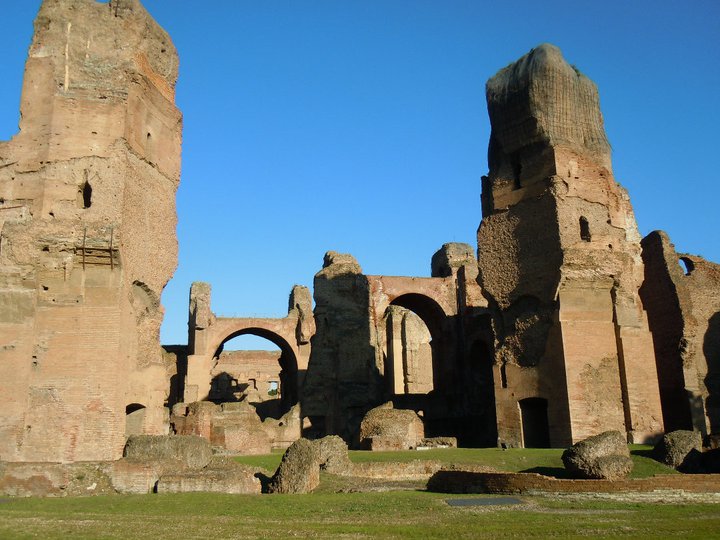
While you are near Piramide, make sure to explore the Baths of Caracalla. Caracalla was the 22nd emperor of Rome (and also supposedly one of few Black emperors of Rome) and his public bath house was completed in 216 A.D.These are probably the most famous of the ancient Roman bath houses, and one of the most intact archaeological sites in Rome. It has also been a filming site for multiple movies including “La Dolce Vita” and “The Great Beauty.” The site is one of my absolute favorites in Rome, and is also easily accessible by public transportation. Because it is not located within the Center it is also more likely that you’ll be able to visit the Baths without the crowds of tourists you’ll experience at some of the more iconic sites of Rome.
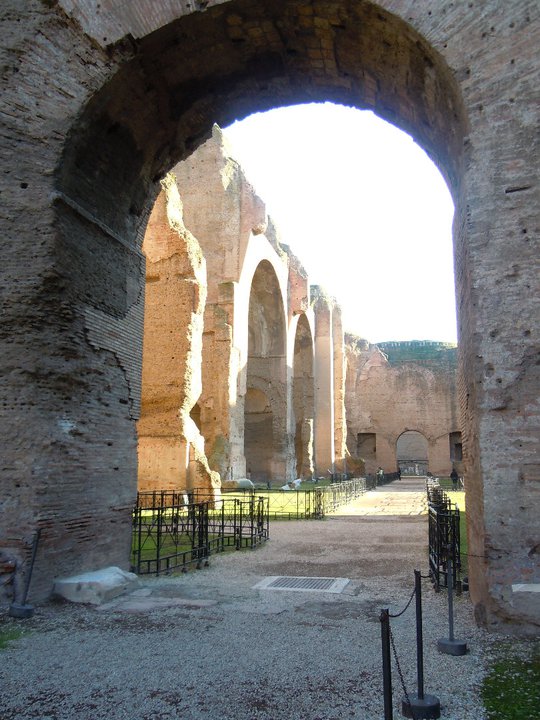
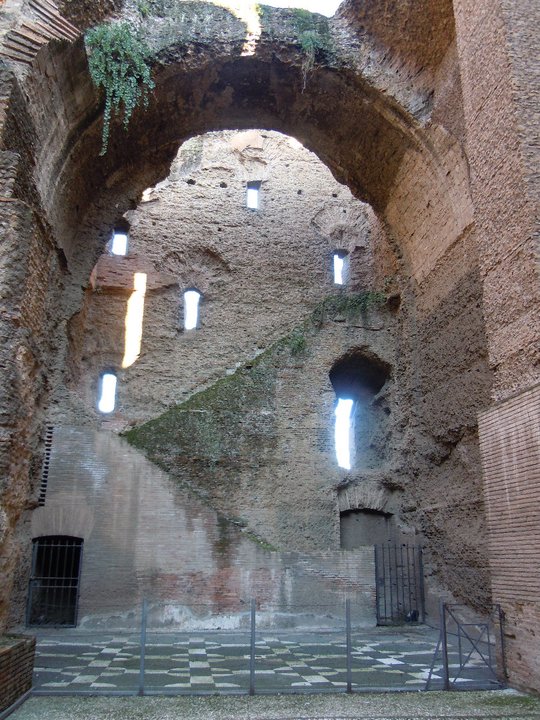
- Catacombs Marcellino e Pietro (Catacombs of Saints Marcellinus and Peter)
Rome has many catacombs worth visiting, but if you can only visit one site I highly suggest the Catacombs of Marcellino and Pietro. These catacombs are incredible for a lot of reasons, but my favorite is that they are home to some of the earliest examples of Christian art, including the Good Shepherd and Jonah and The Whale frescos. Make sure to do the full tour. When I went I was the only one there, so I got a private tour and was even able to view some of the rooms and frescos that larger groups don’t usually get to see. Photos are not allowed inside, however postcards of the frescos are available and you can even sign up for their e-mail list to get occasional updates if you are into that kind of thing like I am.
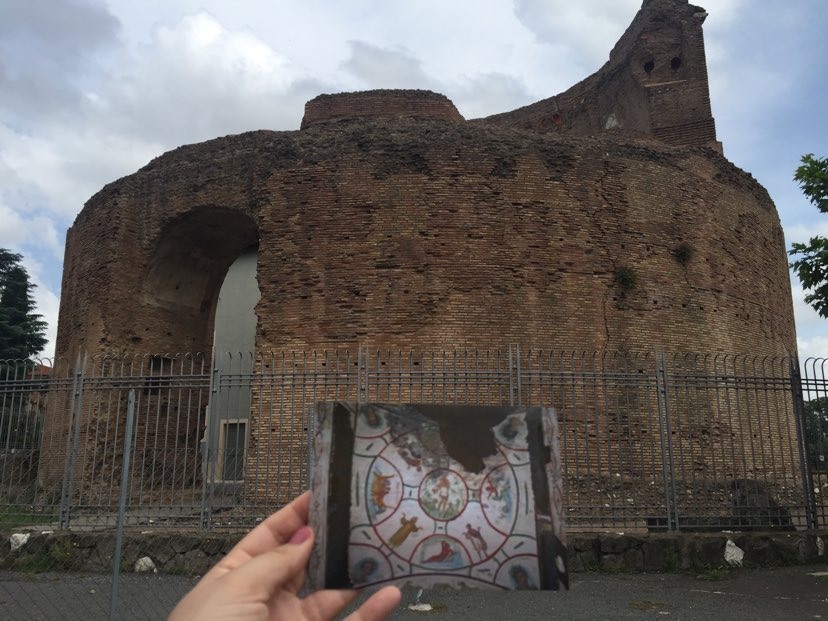
- Ostiense Street Art

Back in 2010 I lived in the Ostiense district of Rome. At the time the area had some urban art, but since then it has become one of the most popular street art districts in Europe (which I find super ironic since now I am a street art addict and don’t live there anymore). I went back to Ostiense in 2018 and the difference in the amount of art was amazing. It has basically become an open air museum. The Department of Culture has authorized a street art initiative with the 999Contemporary gallery and commissioned much of the art that adorns the area now. Artists like JB Rock (an iconic Rome street artist), Blu (who has a piece on a building I used to walk past every day on my way to school and I wish it had been there during that time), and Hitnes have all completed work there. Street art is becoming such a big part of Rome’s modern culture that there is even an app now called “Street Art Roma” that can help you find these works.
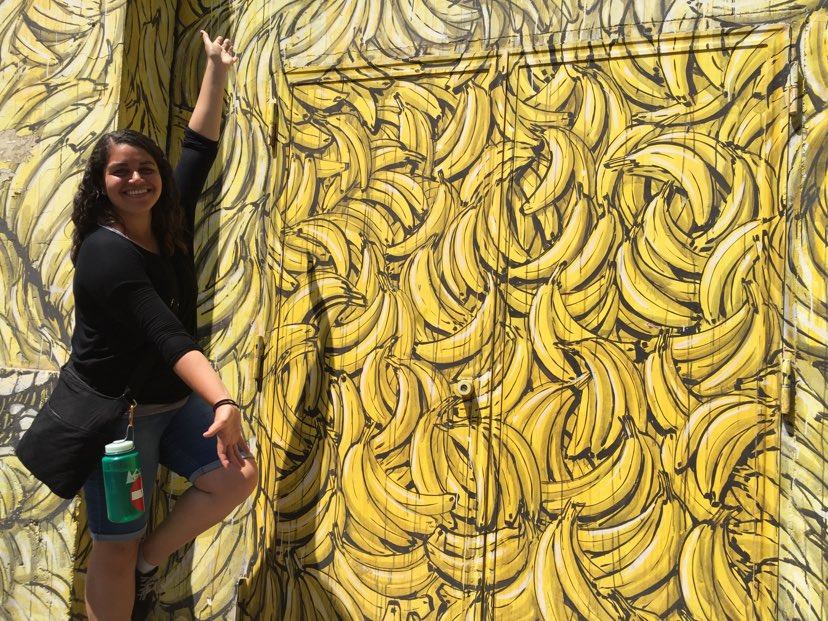
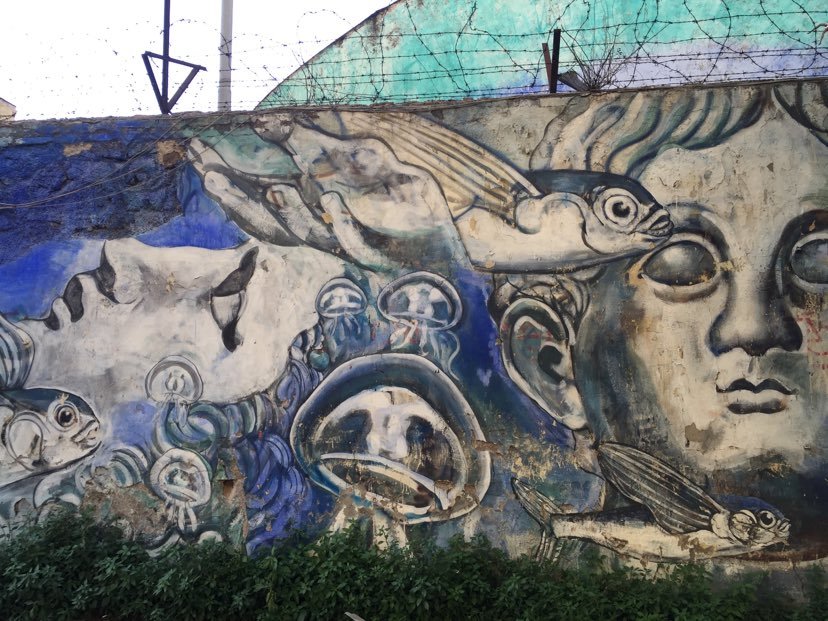
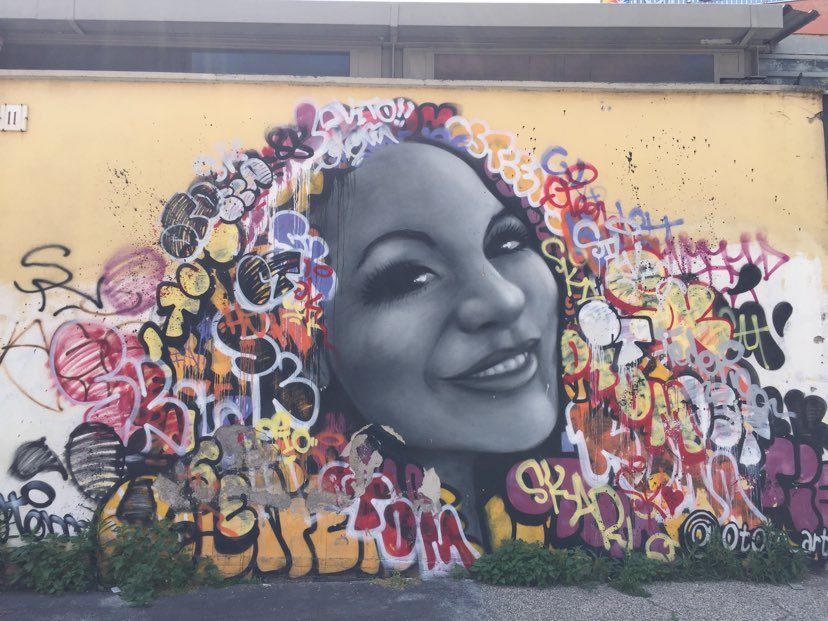
- San Carlo alle Quattro Fontane (Saint Charles and the Four Fountains)
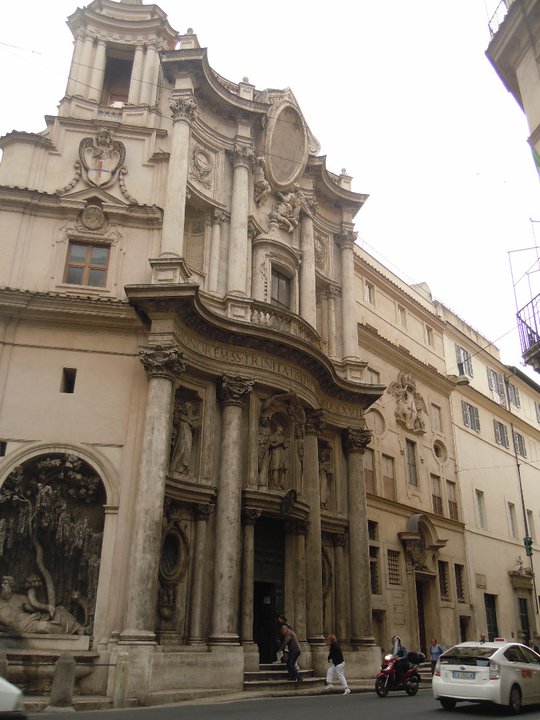
San Carlo alle Quattro Fontane is a Baroque church that was created by Francesco Borromini. It is an architectural marvel and one of my absolute favorite buildings in Rome. It is notable for the four fountains located at the intersection next to the church with the figures of the goddesses Juno, Diana, the Arno river, and the Tiber river, for it’s irregular shape, it’s convex and concave curved facade, and it’s stunning oval dome and oculus.
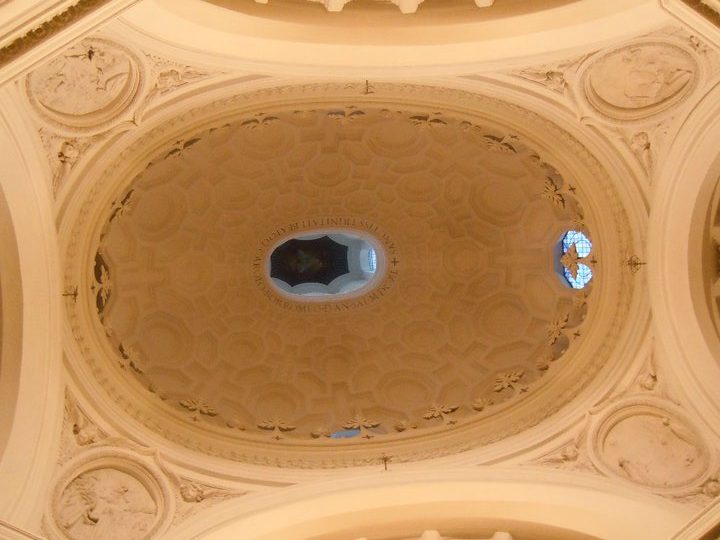
- Santa Costanza
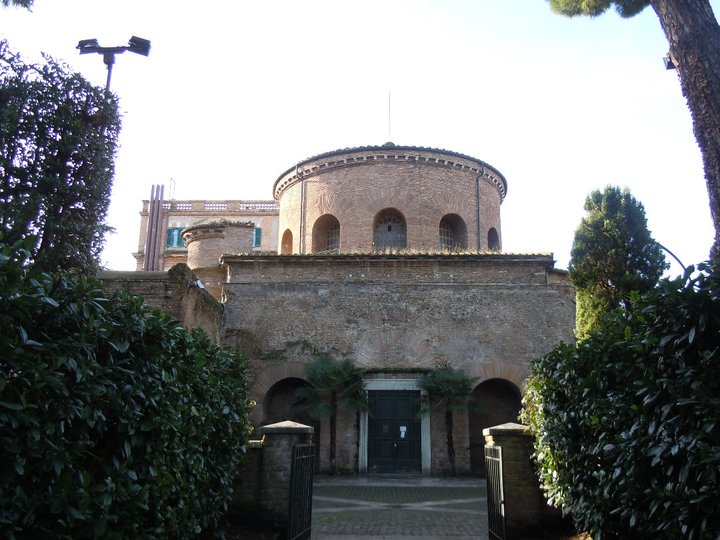
Originally a mausoleum that was converted into a church, Santa Costanza houses some of the earliest Christian art still in existence. A rotunda built in the 4th century, it is one of Rome’s oldest churches and was the resting place for Emperor Constantine’s daughter Constanza (before she was moved to the Vatican). Emperor Constantine is known for many secular reforms, including legalizing Christianity in the Roman Empire, his dedication to spreading Christianity, and even converting himself. The mosaics on the barrel vaulted ceiling are super important historically because you can see the shift from pagan art traditions to Christian ones depicted. The imagery is Christian, but many pagan traditions are still present also, including grape harvesting, leaf designs, amphorae, and peacocks.
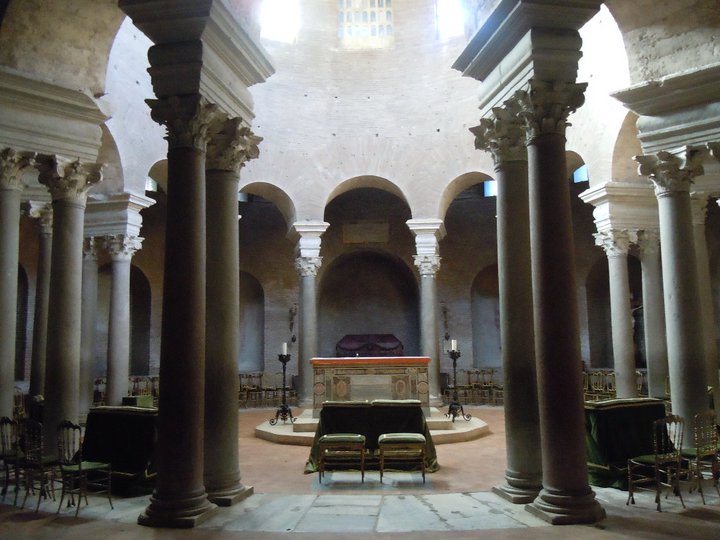
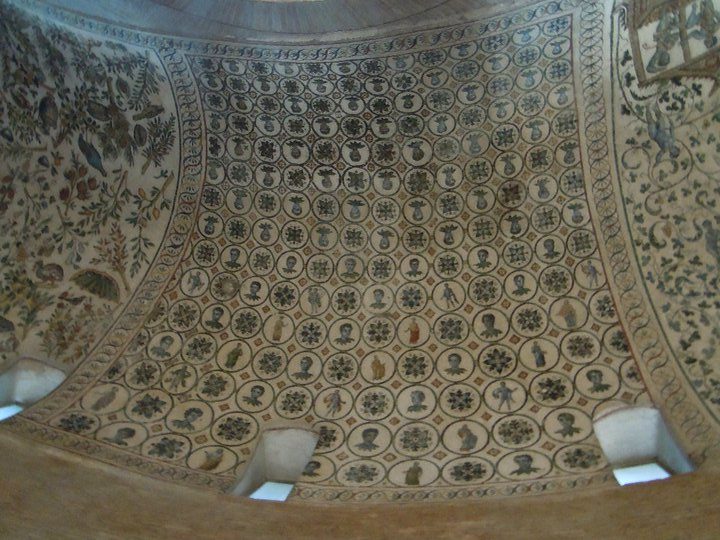

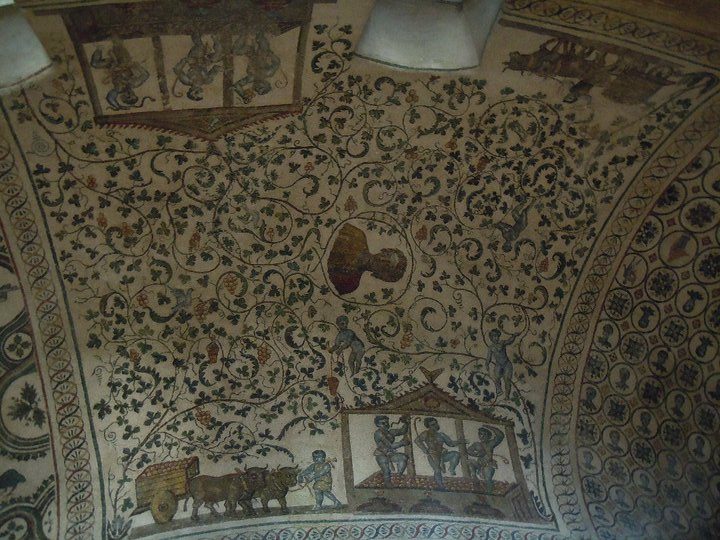
- Church of San Luigi dei Francesi (Saint Louis of the French)
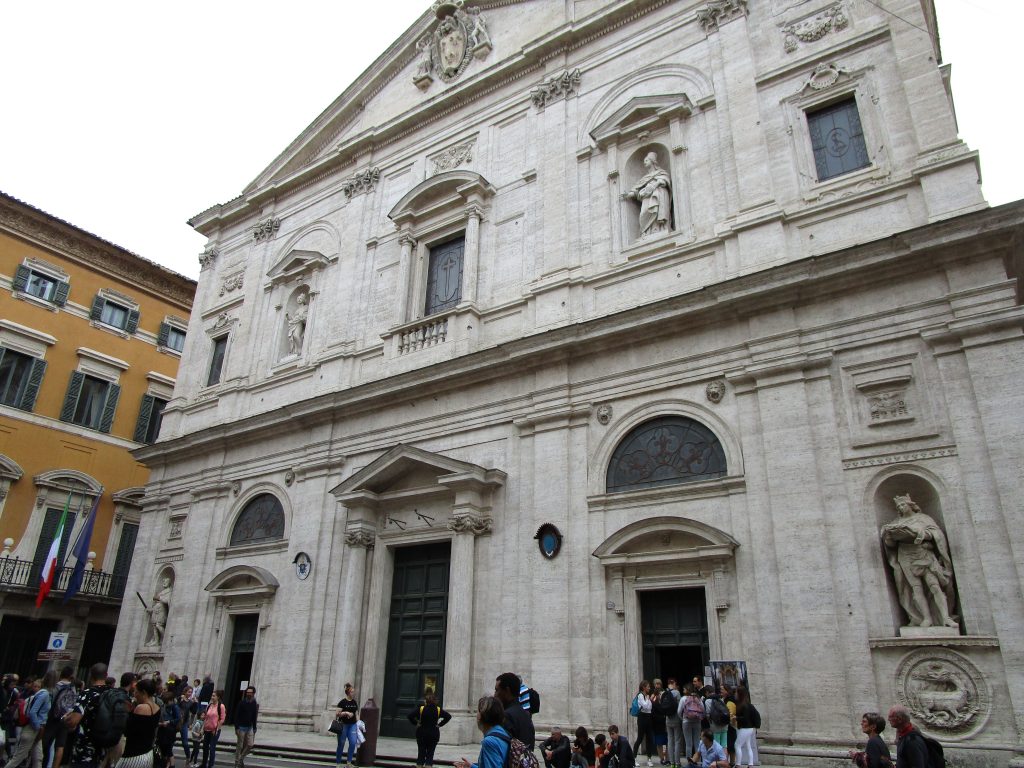
A Roman Catholic church built in 1518, San Luigi dei Francesi is known for housing three of Caravaggio’s masterpieces. So if you are looking to see some of the world’s most incredible art, but don’t want to pay the entrance fee to the Vatican Museum, or you just happen to be near Piazza Navona, don’t miss this opportunity. During the summer and in the middle of the day it can be crowded, but if you go during the off season or just go early when the church opens you’ll be able to enjoy Caravaggio’s triptych in peace. The three paintings focus on the life of Saint Matthew and are located in the Contarelli chapel. The painting on the left is The Calling of Saint Matthew, in the center is the Inspiration of Saint Matthew (also known as Saint Matthew and the Angel), and on the right is The Martyrdom of Saint Matthew. The church also houses other art depicting historical French icons like statues of Charlemagne and Saint Clotilde, and even a few graves of famous French people.

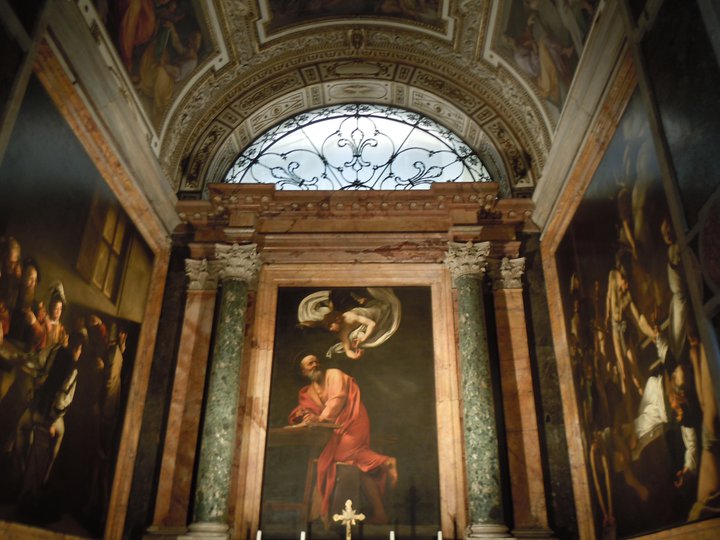
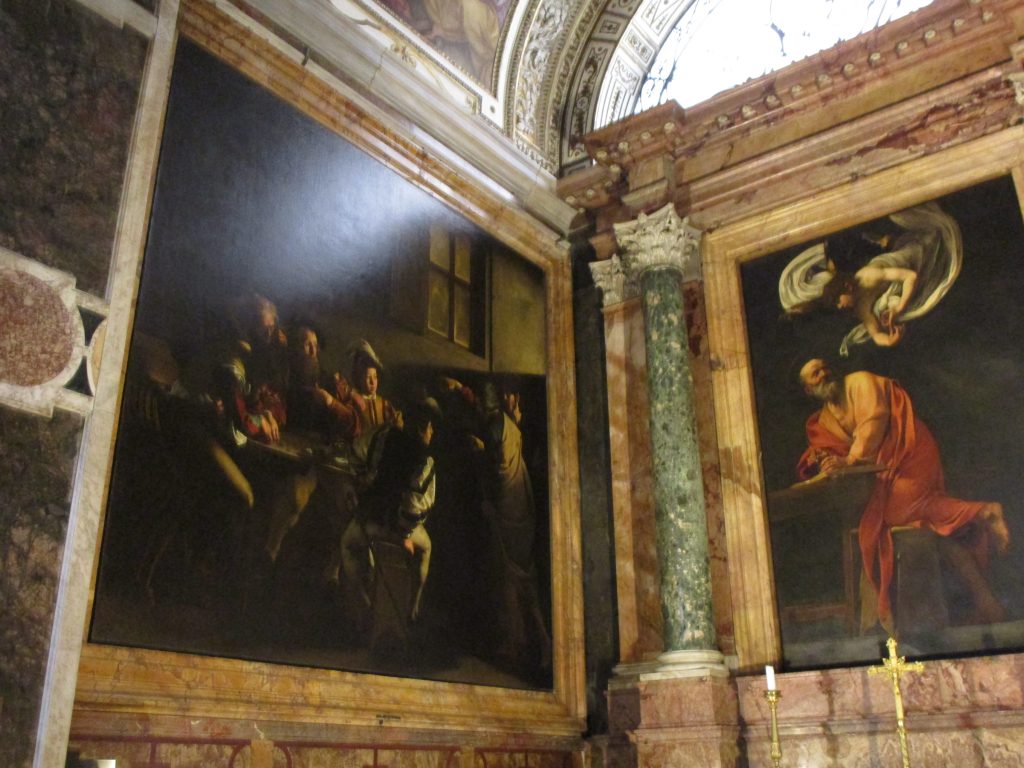
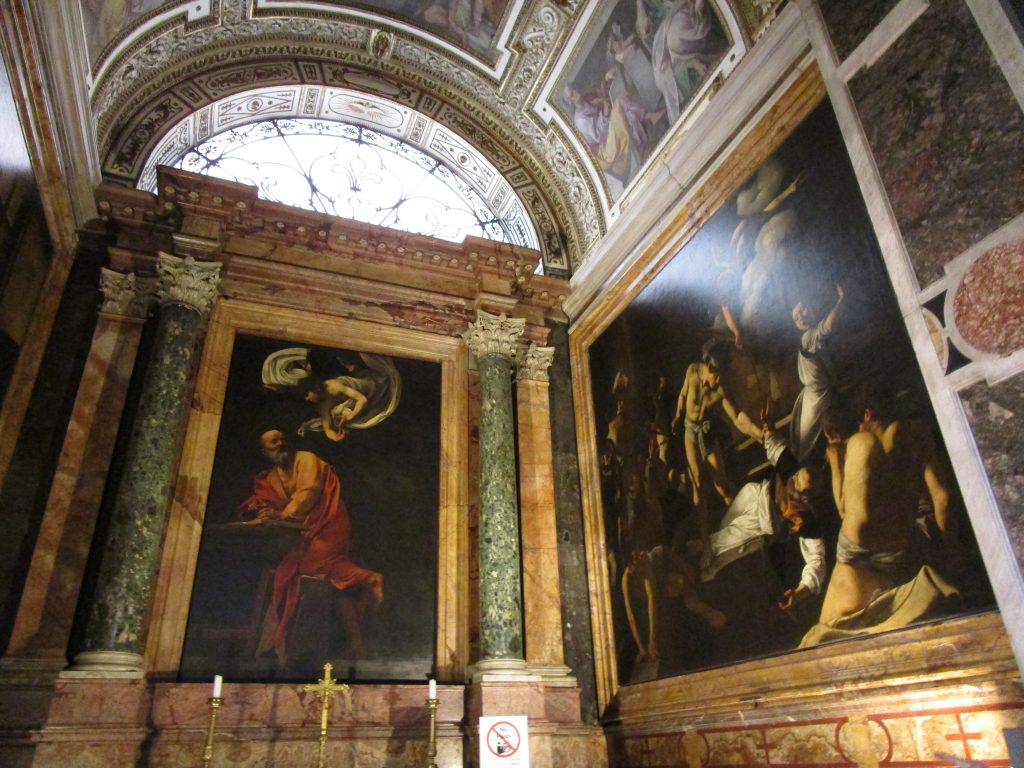
- Parco degli Acquedotti (Park of the Aqueducts)
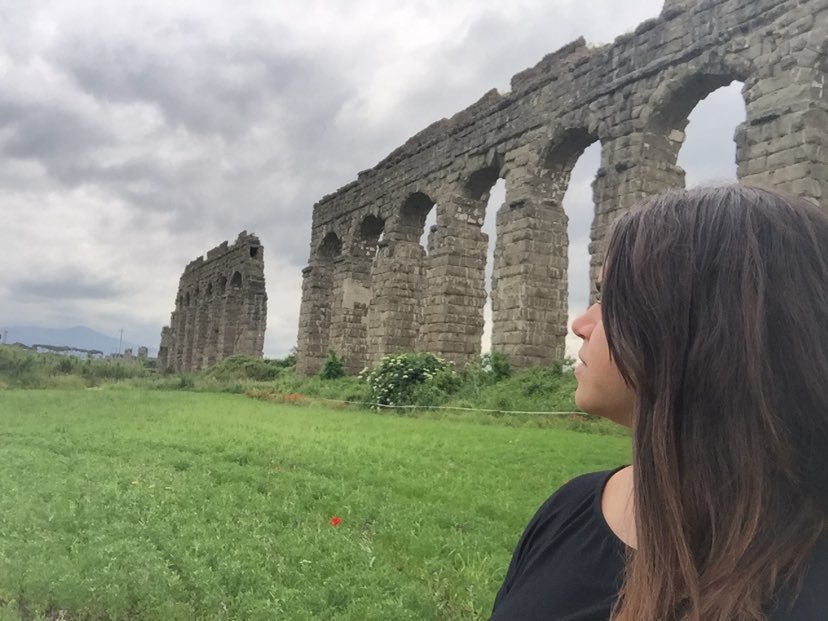
On the outskirts of Rome you can visit a massive park that houses two ancient aqueducts, Aqua Marcia built in 144 B.C. and Aqua Claudia built in 38 A.D. These aqueducts used to carry water from the mountains to the city, and are considered one of the hallmarks of Roman engineering. Today, Romans use the park for all types of outdoor activities, like running, biking, picnicking, etc., but it is not often visited by tourists (which is a shame because it is amazing and you should totally go!). The park has also been the site of multiple filming locations for movies like “La Dolce Vita” and “Mamma Roma”. I’d suggest you take a picnic, get some fresh air, and make an afternoon out of it.
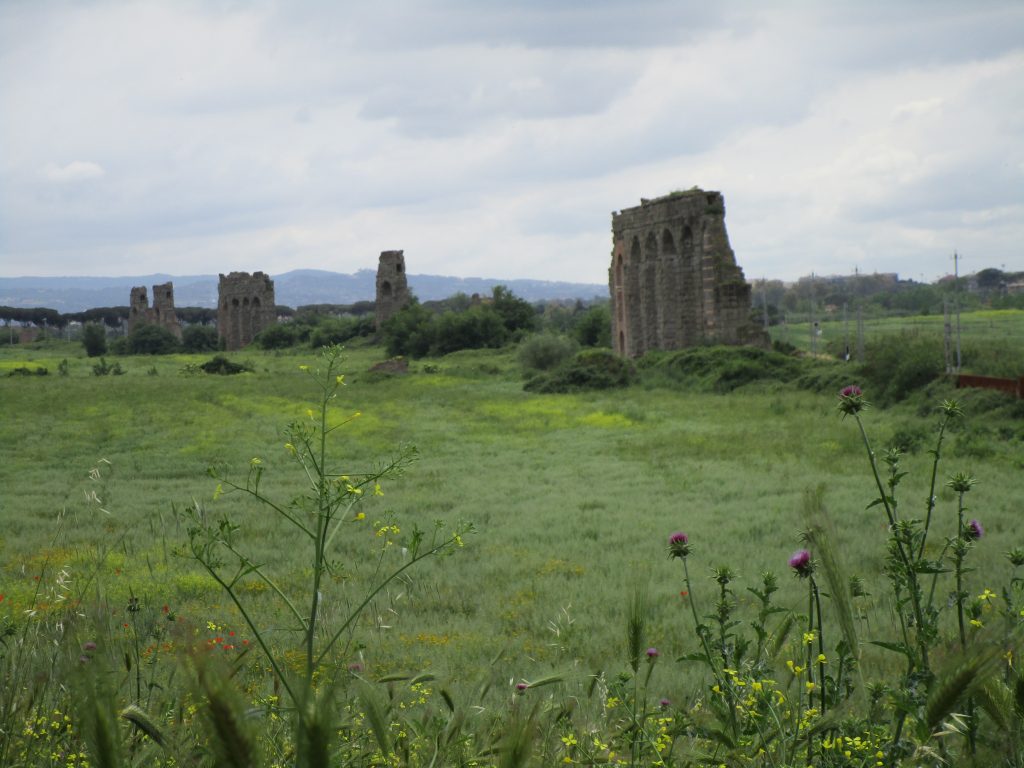
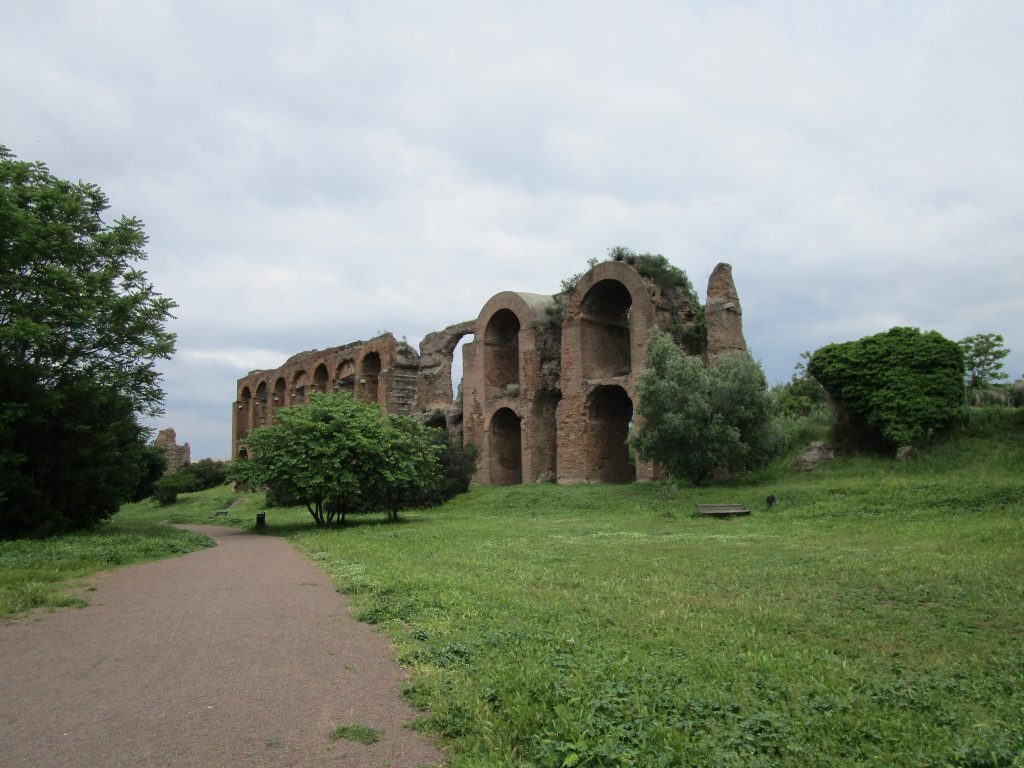
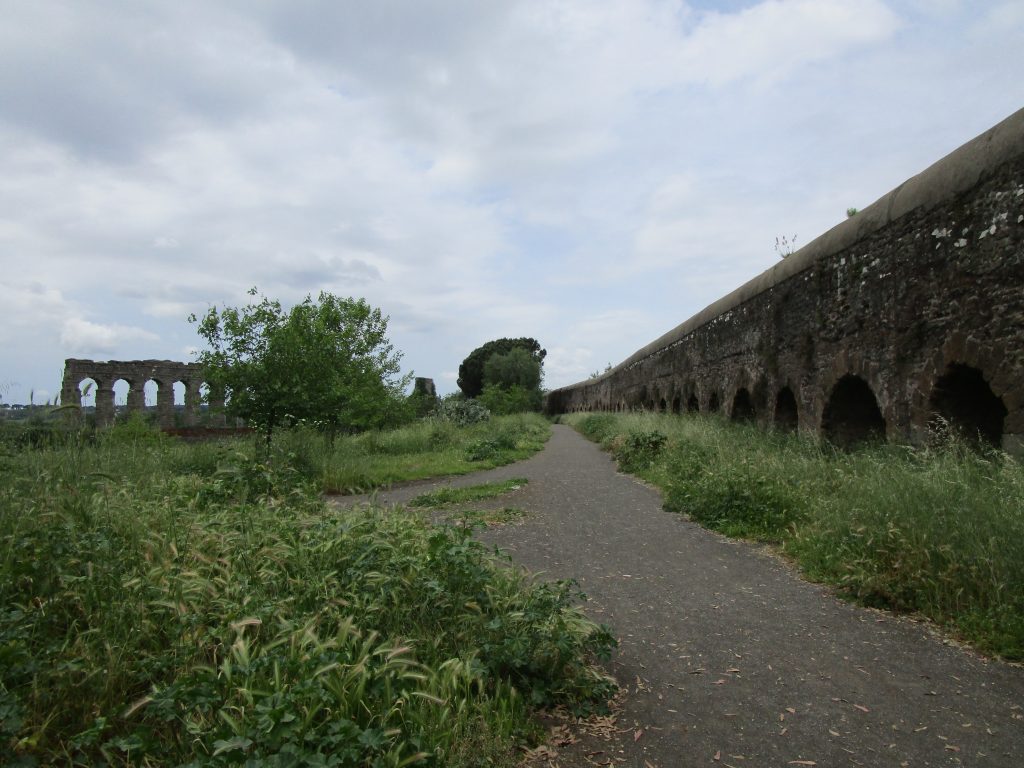
**Bonus Gem**
11. Gelateria del Teatro
Okay, okay…technically this is 11 gems and this one doesn’t traditionally count as “art.” But honestly, good gelato can also be art in my eyes.
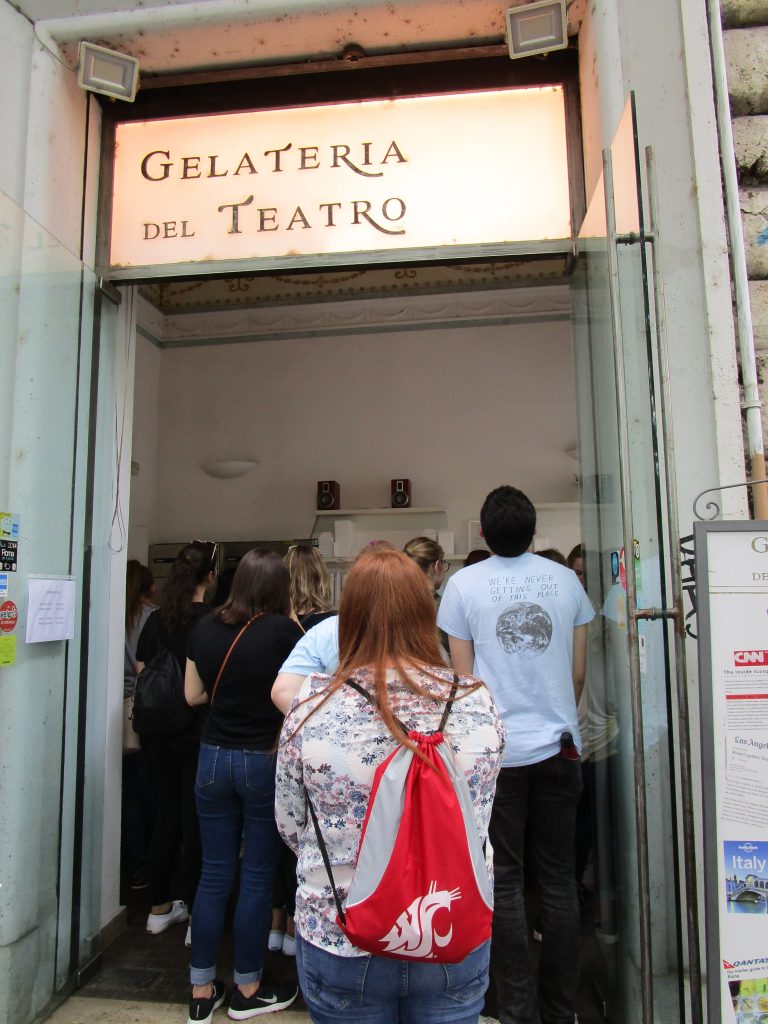
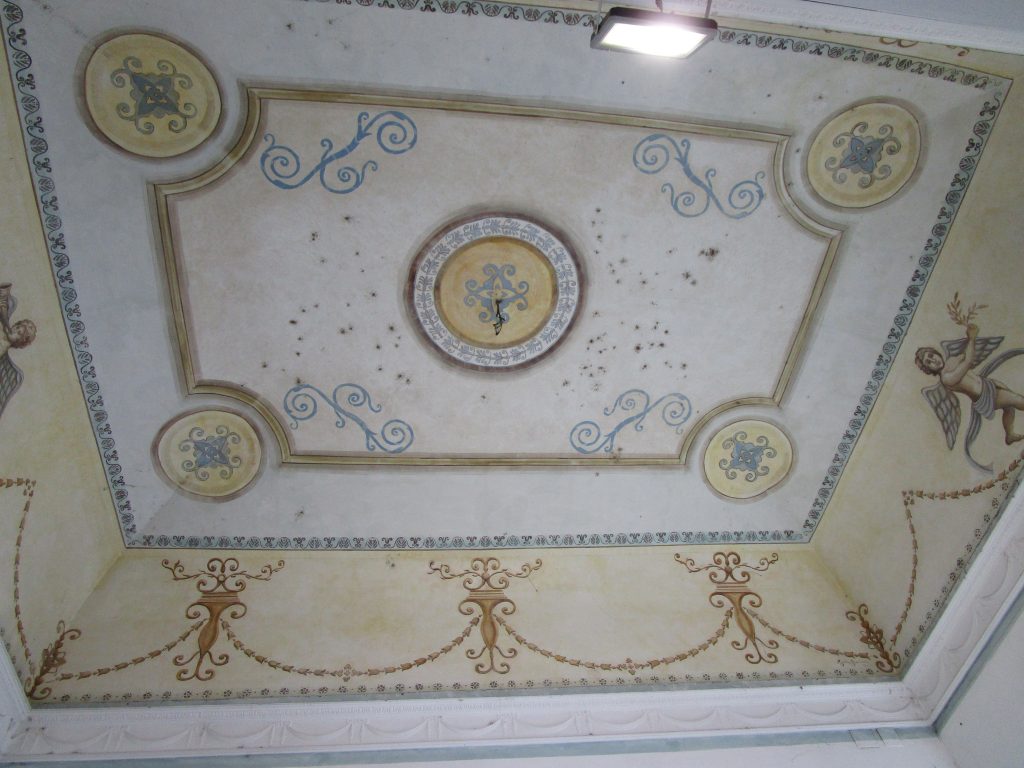
There are SO many articles written about the best gelato in Rome. Everyone has their preferences, the areas of the city they are most familiar with, and their thoughts on what is and is not authentic Roman gelato. But personally, I believe that Gelateria del Teatro has the best gelato in Rome (and I have tried a lot of gelato). Whether someone has voted it “the best” or not, it is definitely worth a stop. They have unique flavors you won’t typically find in other gelaterias like Raspberry and Sage, White Chocolate and Basil, Hazelnut, Cinnamon Apple, and Rosemary and Lavender, and they make the gelato on site. You can even watch them make it through a window.
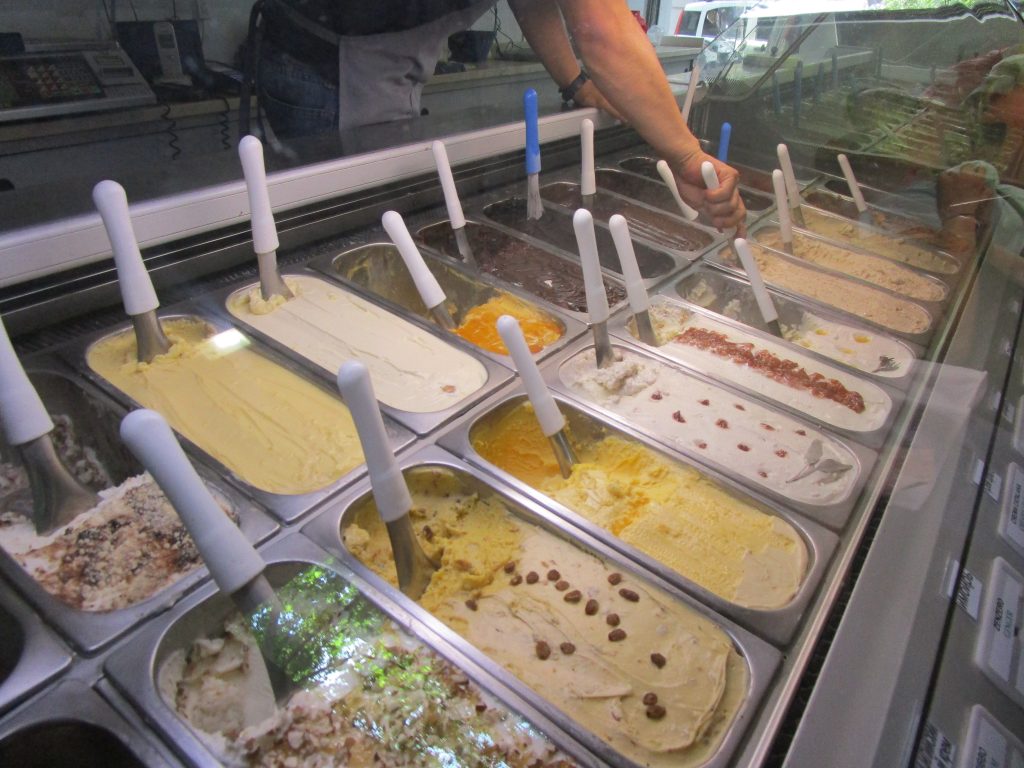
Have you been to any of these art gems? Do you have other favorite underrated art locations in Rome? Let me know in the comments.
Let’s get lost!

